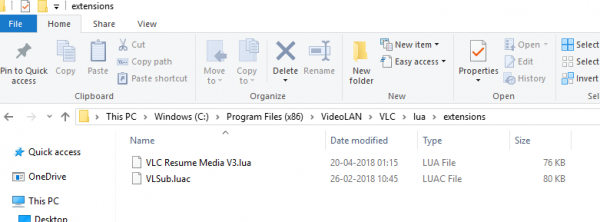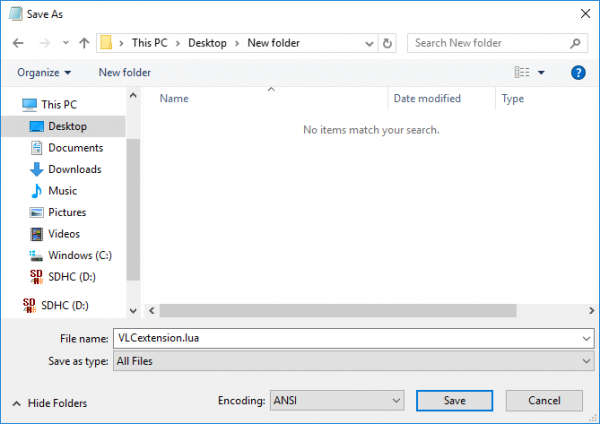In this article, we tell you how to add & use, addons, plugins and extensions on VLC Media Player on Windows computers.
The media player is of paramount importance for playing any multimedia files like movies or videos. While there are considerably large options available for media players, the VLC media player is the most popular one. The reason is it is free, and it serves some of the extremely impressive features that play most of multimedia files, including streaming protocols. The VLC media player also supports a large variety of video formats and runs on all the platforms like Windows, Linux, Android and Mac OS. The free open-source media player is extremely powerful, easy to use and can be easily customized according to user needs than the paid media player.
In spite of all the amazing features, most of the VLC users still find some features missing. VLC does support some basic features like video playback control, automatic subtitles and so on. For instance, the VLC player doesn’t remember the video positions of last video or movie files that were played. In this particular scenario, say if by any chance you closed the video. The VLC player starts playing the video all over from the beginning instead of automatically playing the movie from the video position that was left on closing the file. This is quite annoying when users can’t watch the video at a single shot. Also, VLC does not restart the playback where left off. There are many other features that user find missing. In order to make over this inadequacy, the users can add additional features and customize options by using VLC extensions and plugins.
VLC extensions are available on the official VLC website.The official website offers a list of verified extensions that can be downloaded for free. Unlike the extensions for Firefox and Chrome that offer easy installation of extension with just a clickety-clack of a computer mouse, installing the VLC extension is not at all an easy task. The VLC media player makes use of files with .lua extension and installing them is quite a tedious job packed with chicanery.
In this article, we provide some tricks on how to install and use the extensions on the VLC media player. But before we begin its worth mentioning that most of the extensions are offered for desktop version while there are only a few for the mobile version of the VLC app. Also, the add-ons need to be installed manually, and users have to enable the installed extensions by manual operations.
How to add Plugins & Extensions on VLC
Open VLC media player.
Go to Tools and click on Plugins and extensions from the drop-down menu.

This will show a list of plugins, interfaces, and extensions.If you find any interesting extension from the list, simply click on the Install button.

In order to install the extension in .lua go to the file path C:\Users\UserName\AppData\Roaming\vlc\lua\extensions. Copy the lua file to install the extension.
If the lua folder is not found, simply create a folder with the name lua.

Inside the lua folder, create another folder by name “extensions”. Now copy the lua file inside it.

Once the lua file is copied, the extension will be uploaded and installed. Close all the folders.
Run a video in VLC media player to test and enable the extension.
If you don’t find the list to be impressive, go to the official VLC page to check on all the extensions available for VLC here. If you come across any impressive extension then simply hit the Download button.
The extensions are Zip files containing .lua files.
Navigate to the following path C:\Users\UserName\AppData\Roaming\vlc\lua\Extensions\. Copy the .lua files in the extension folder to install the extension.
If you see a webpage with few codes while downloading the extension, copy the code in a Notepad.
Go to files and click on Save As option. Name the file as VLC Extension.LUA and click on All files under Save as type.

Now click the Save button.
Navigate to the following path – C:\Users\UserName\AppData\Roaming\vlc\lua\Extensions\ and copy the .lua files in the extension folder to install the extension.
Run a video to enable the extension.
That’s all there is to it!
Read next: Best VLC Extensions, Addons & Plug-ins.